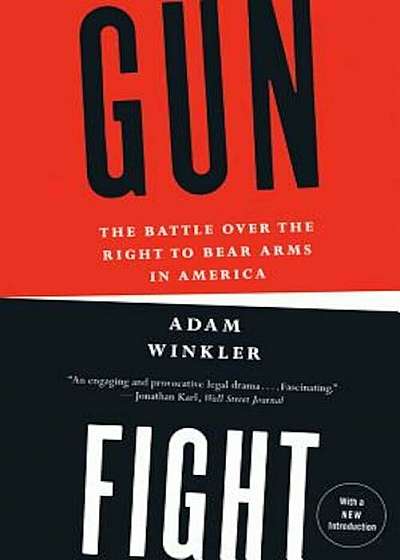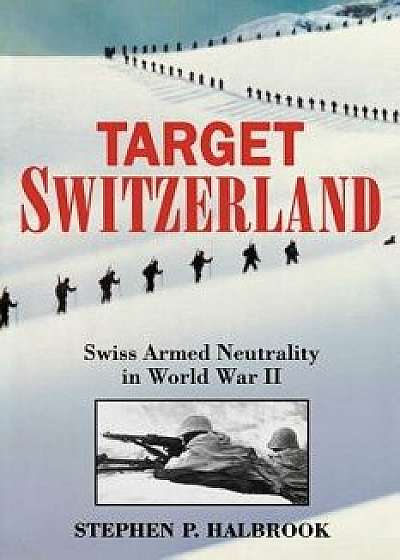
Gun Control in the Third Reich: Disarming the Jews and "enemies of the State, Paperback/Stephen P. Halbrook
Descriere
Based on newly-discovered, secret documents from German archives, diaries and newspapers of the time, Gun Control in the Third Reich presents the definitive, yet hidden history of how the Nazi regime made use of gun control to disarm and repress its enemies and consolidate power. The countless books on the Third Reich and the Holocaust fail even to mention the laws restricting firearms ownership, which rendered political opponents and Jews defenseless. A skeptic could surmise that a better-armed populace might have made no difference, but the National Socialist regime certainly did not think so--it ruthlessly suppressed firearm ownership by disfavored groups. Gun Control in the Third Reich spans the two decades from the birth of the Weimar Republic in 1918 through Kristallnacht in 1938. The book then presents a panorama of pertinent events during World War II regarding the effects of the disarming policies. And even though in the occupied countries the Nazis decreed the death penalty for possession of a firearm, there developed instances of heroic armed resistance by Jews, particularly the Warsaw ghetto uprising. About the Author: Stephen P. Halbrook is a Research Fellow with the Independent Institute who has argued and won three constitutional law cases before the U. S. Supreme Court. Dr. Halbrook is the author of eight books including The Founders' Second Amendment: Origins of the Right to Bear Arms; Securing Civil Rights: Freedmen, the Fourteenth Amendment, and the Right To Bear Arms; That Every Man Be Armed: The Evolution of a Constitutional Right; A Right to Bear Arms: State and Federal Bills of Rights and Constitutional Guarantees; Target Switzerland (also in German, French, Italian, and Polish editions); and The Swiss and the Nazis: How the Alpine Republic Survived in the Shadow of the Third Reich. He holds a Ph. D. in philosophy from Florida State University and J. D. from Georgetown University Law Center. His popular articles have appeared in the Wall Street Jou







